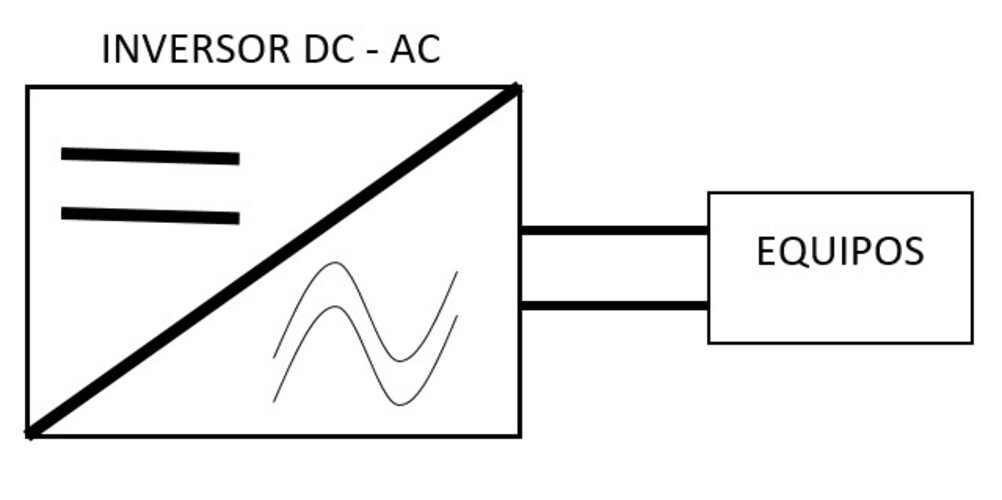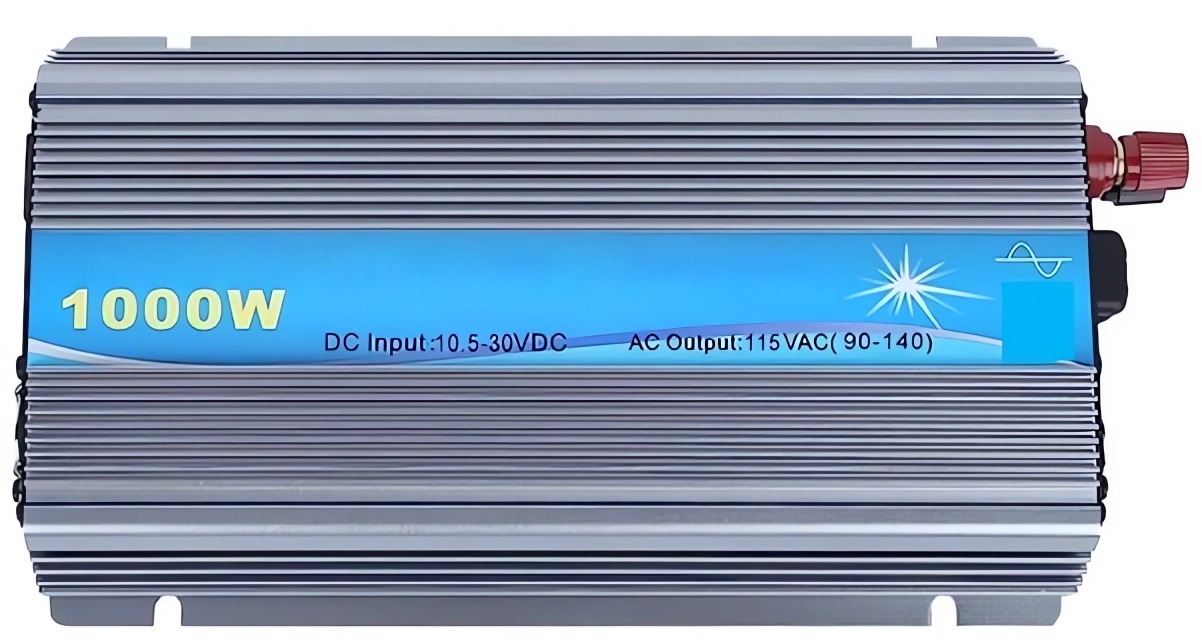Solar Energy
AC-DC inverter selection based on output voltage and power
To select any equipment properly, it’s essential to consider not only its characteristics but also those of the system it will be connected to. That’s why a proper selection of the AC-DC inverter based on AC output voltage and power is crucial.
The success or failure of your solar energy project depends on a good decision, both technically and economically. Therefore, along with this post, we recommend you to read our article Example of dc ac inverter selection based on dc input voltage .
To make this task easier for you, we will now present the process of selecting an inverter while considering these factors. Let’s take a look!
Out of curiosity: What is the nominal value of a device?
In the world of electricity, this concept holds significant importance. This is because electrical parameters generally don’t have a fixed value.
For example, voltage can vary between 225 Vac and 240 Vac, and current always fluctuates between two values: maximum and minimum.
However, in order to perform calculations, a standardized value is used from this set of quantities. Therefore, in the aforementioned case, referring to a device at 230 Vac, that would be the nominal value.
Selecting the AC DC inverter based on AC or Vac output voltage
Actually, the decision based on this parameter is quite straightforward, but you still need to do it carefully. Because, due to an error in this consideration, the equipment simply won’t function.
You must choose an inverter whose nominal voltage is the same as the voltage at the electric consumption meter at the house’s entrance.
For the example outlined in the post The solar inverter: what you need to know before buying it. Part 4 it would be 230 Vac.
However, it’s recommended that you ensure the working voltage of all the equipment you plan to power with this inverter falls within the range of its output voltage.

Selection of AC DC inverter based on input-output power
In theory, the power of a DC input inverter should be equal to the AC output power. In other words, if 500 W of DC power enters, 500 W of AC power should be generated, only the current and voltage should vary.
However, in the real world, it’s not that straightforward. In electrical calculations, power is used because it simplifies the calculations.
The AC output power of an AC DC inverter is related to the DC input power as follows

Where Efficiency (η) is a value less than 1. This is why it’s desired for the inverter to have a high efficiency, as close to 1 or 100% as possible. In the case of high-quality inverters, this value is typically around 95% or 0.95.
Therefore, power in an AC DC inverter is a crucial factor to consider when selecting one. To do this, you should first calculate the total power of all the loads. The best method is to obtain this information from the specifications of the equipment.
Then, sum up these individual powers, and the total should be less than the total power generated by the solar panels.
By making these calculations and considerations when selecting the power of an AC DC inverter. You can avoid overloading it and ensure it provides a good starting capacity for the equipment it powers.
Calculating
We recall the requirements given in the article The solar inverter: what you need to know before buying. Part 4 . Where it is indicated that the final power that the solar panels must supply is 2,500 W with a 20% reserve.
Therefore, the power of the inverter at the output should be:

Take into account the efficiency of the equipment, so if you choose a unit with an efficiency of 95% Which is among the lowest for those of high quality. Then it will be capable of supplying a power of:

According to the obtained result, the power output of the inverter should be a minimum of 3,157.9 W to meet the requirement of the system. Therefore, you should select a unit with a capacity equal to or greater than that.
You can choose an inverter with a capacity of 3,500 W, which is one of the standardized values worldwide.
Here we conclude with this post, which we hope you found informative. In our next article titled Example of inverter selection based on technology and connected loads we will continue explaining the selection parameters for this equipment.
At energydcac, we have more content that you will surely enjoy and that will guide you in learning about solar energy systems.
If you have any questions, don’t hesitate to ask them in the comments or by registering. We’ll be happy to answer. Until our next article!
Image Sources
- energydcac.com
- cetronic.es


Pingback: Nominal and maximum power of an inverter: Are they the same?
Pingback: Example of selecting a DC AC inverter based on DC input voltage - Energy DC/AC